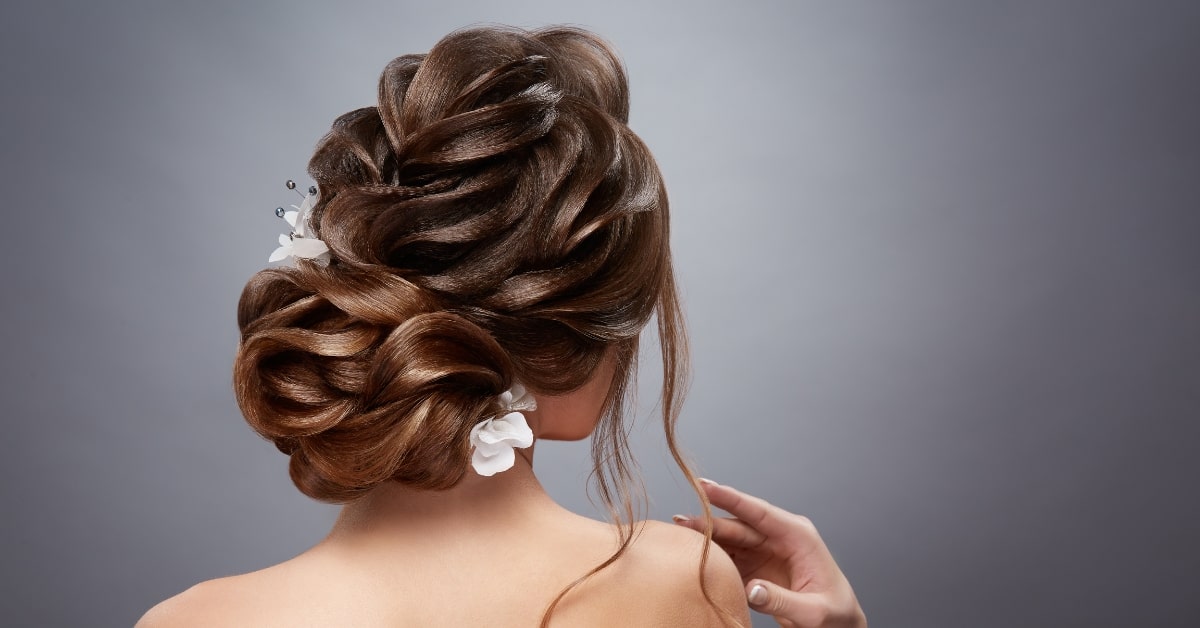In the world of visual aesthetics, the art of retouching has evolved to encompass not only skin tones and backgrounds but also the intricate details of hairstyles. Hairstyles after retouching undergo a transformative journey, ensuring that every strand is impeccably presented. Let’s delve into the significance of retouching in the realm of hairstyles, understanding the impact, benefits, and considerations that come with this meticulous process.
Artistry of Hairstyles After Retouching
Retouching plays a crucial role in perfecting hairstyles captured in photographs. From fixing flyaways to enhancing color and texture, retouching allows for the meticulous refinement of every element, ensuring that the hairstyle stands out as a polished and cohesive work of art.
Key Transformations in Hairstyles After Retouching
- Flyaway Control: Stray hairs can distract from the overall elegance of a hairstyle. Retouching addresses flyaways, providing a smooth and polished appearance.
- Color Enhancement: Retouching allows for the enhancement of hair color, ensuring vibrancy and consistency in photographs, even in different lighting conditions.
- Texture Refinement: The texture of the hair can be refined through retouching, creating a silky and well-groomed appearance that enhances the overall visual appeal.
- Volume Adjustment: Retouching techniques can be applied to adjust the volume of the hair, ensuring that it appears full and voluminous in photographs.
Benefits of Retouching Hairstyles
- Visual Consistency: Retouching ensures visual consistency in hairstyles, making them appear polished and well-maintained across a series of photographs.
- Professional Presentation: Whether for personal portraits or professional portfolios, retouching elevates the overall presentation of hairstyles, contributing to a more professional and refined look.
- Creative Expression: Retouching allows for creative expression, enabling individuals to experiment with different hairstyles and colors in a digital space before committing to a physical change.
- Confidence Boost: Knowing that their hairstyles will be impeccably presented in photographs boosts the confidence of individuals, encouraging them to showcase their style.
Considerations When Retouching Hairstyles
- Natural Look: While retouching enhances visual appeal, it’s essential to maintain a natural look that aligns with the individual’s style and preferences.
- Communication: Clear communication between the individual and the retoucher is crucial to ensure that specific preferences regarding hairstyle, color, and texture are understood and implemented.
- Editing Styles: Different retouchers may have distinct editing styles. Choose a retoucher whose style aligns with the desired aesthetics for the hairstyles.
- Collaboration: Collaboration is key. Regular communication and feedback between the individual and the retoucher ensure that the final results meet expectations.
FAQs
Can retouching alter the length of the hair in photographs?
While retouching can enhance the appearance of length, significant alterations to the actual length are limited. It’s crucial to communicate specific preferences with the retoucher.
How can I ensure that retouched hairstyles look natural in different lighting conditions?
Professional retouchers employ techniques to ensure that hairstyles appear natural in various lighting conditions, enhancing color and texture accordingly.
Are there limitations to the types of hairstyles that can be retouched effectively?
Retouching can be applied to various hairstyles, but the effectiveness depends on factors such as image quality and the level of detail captured in the photographs.
Can retouching correct damaged or frizzy hair in photographs?
Yes, retouching can address issues such as damaged or frizzy hair, providing a smoother and healthier appearance in photographs.
This page was last edited on 27 February 2024, at 6:08 pm
